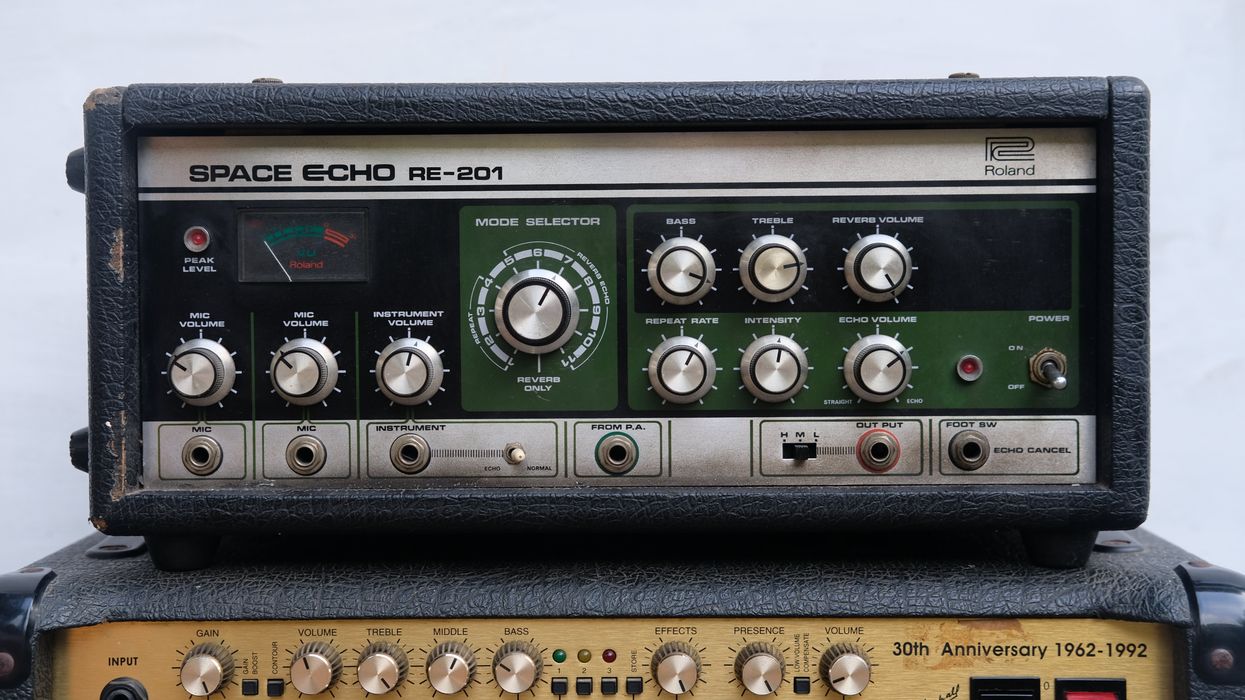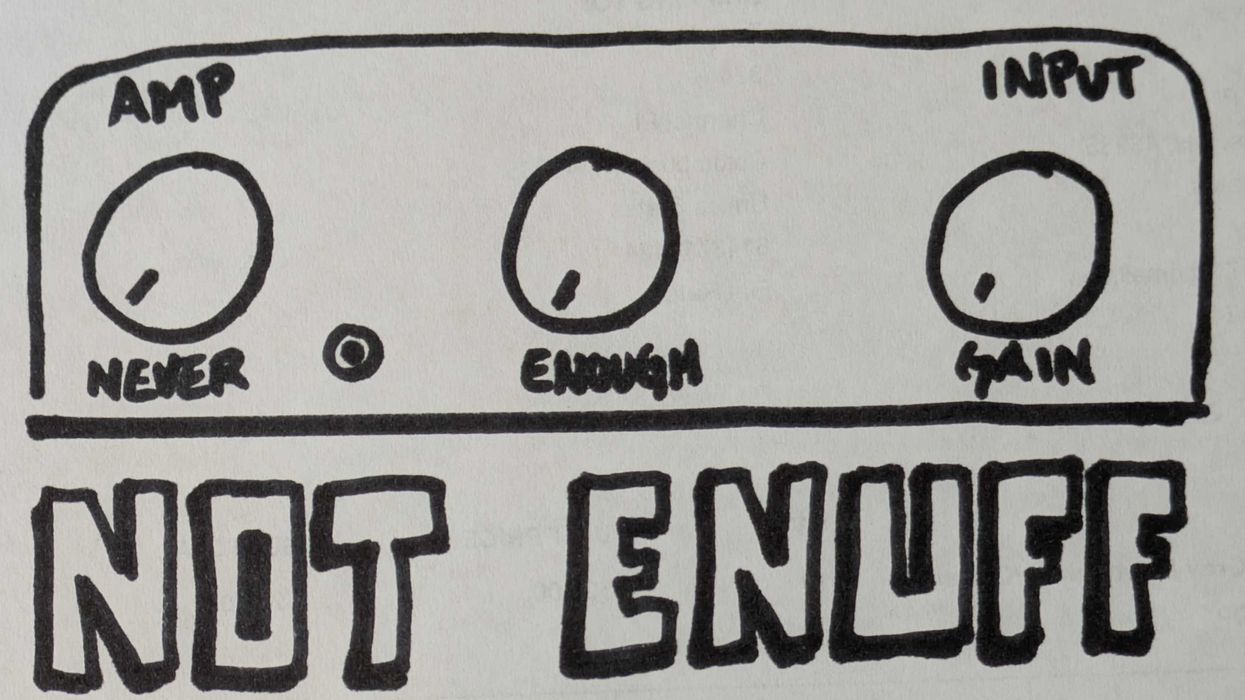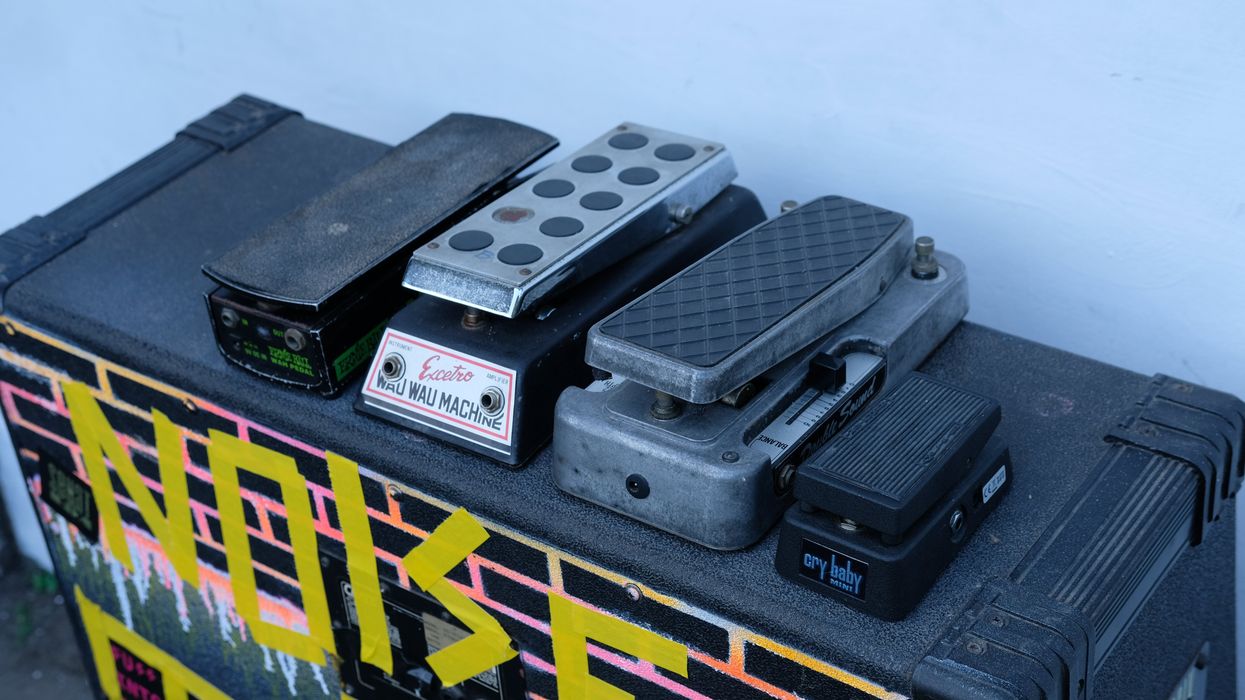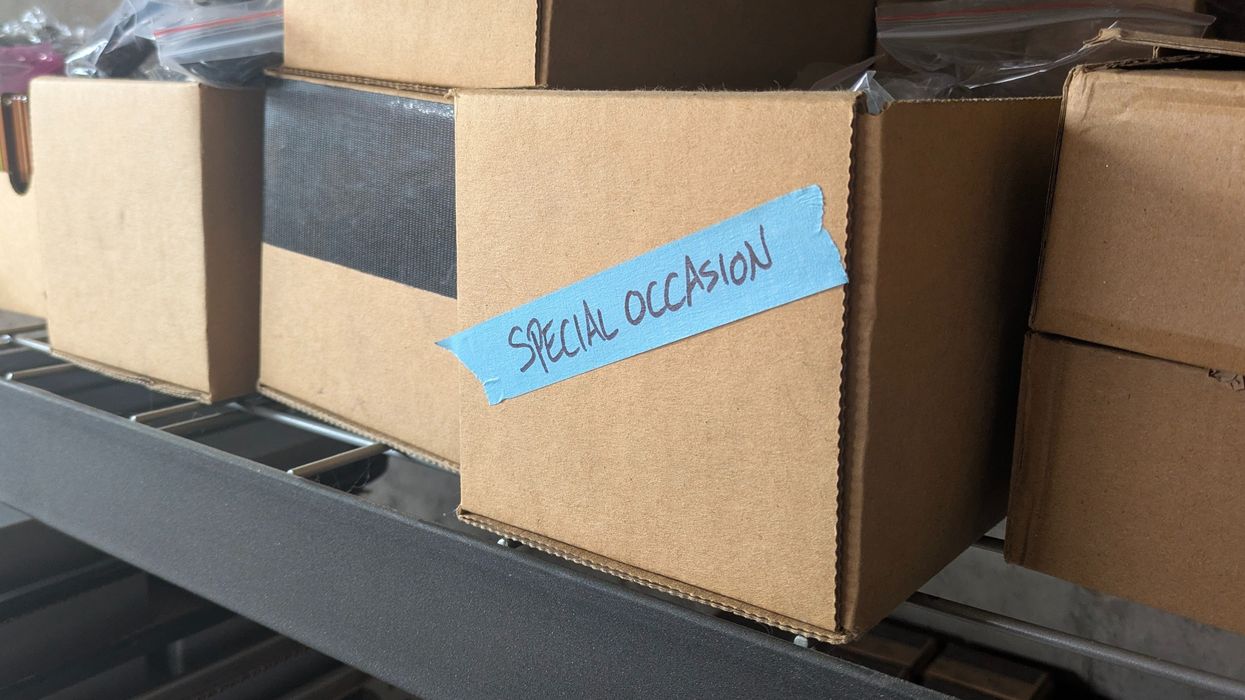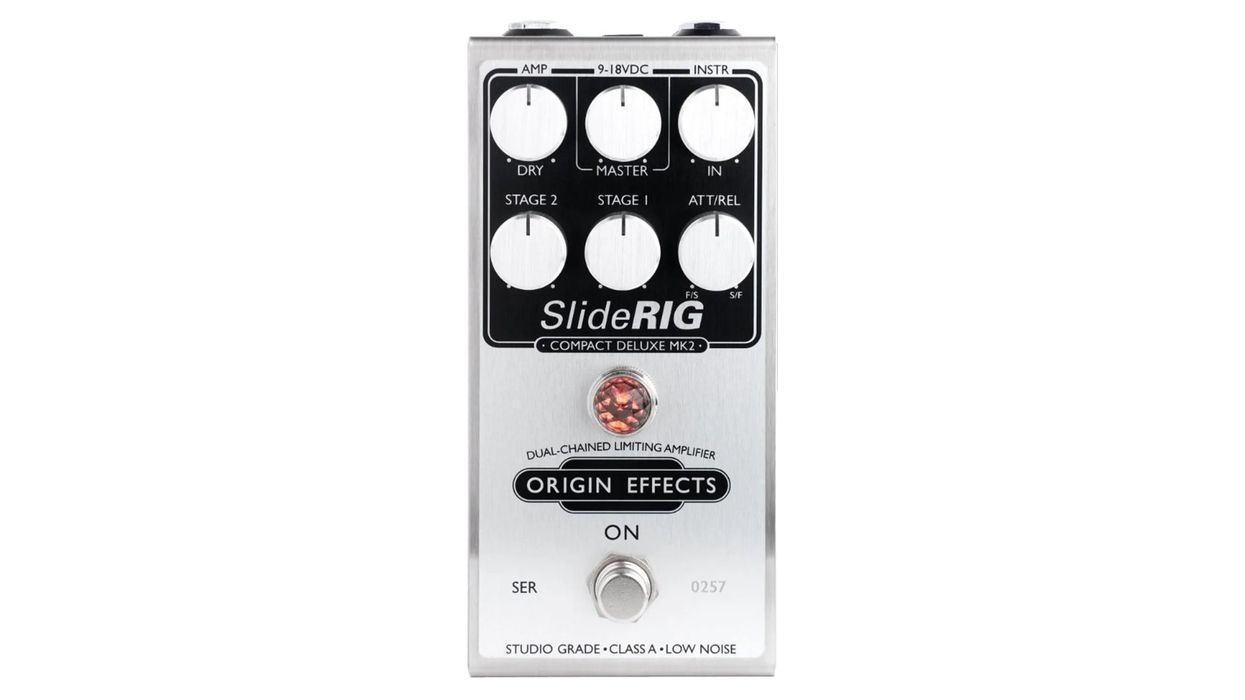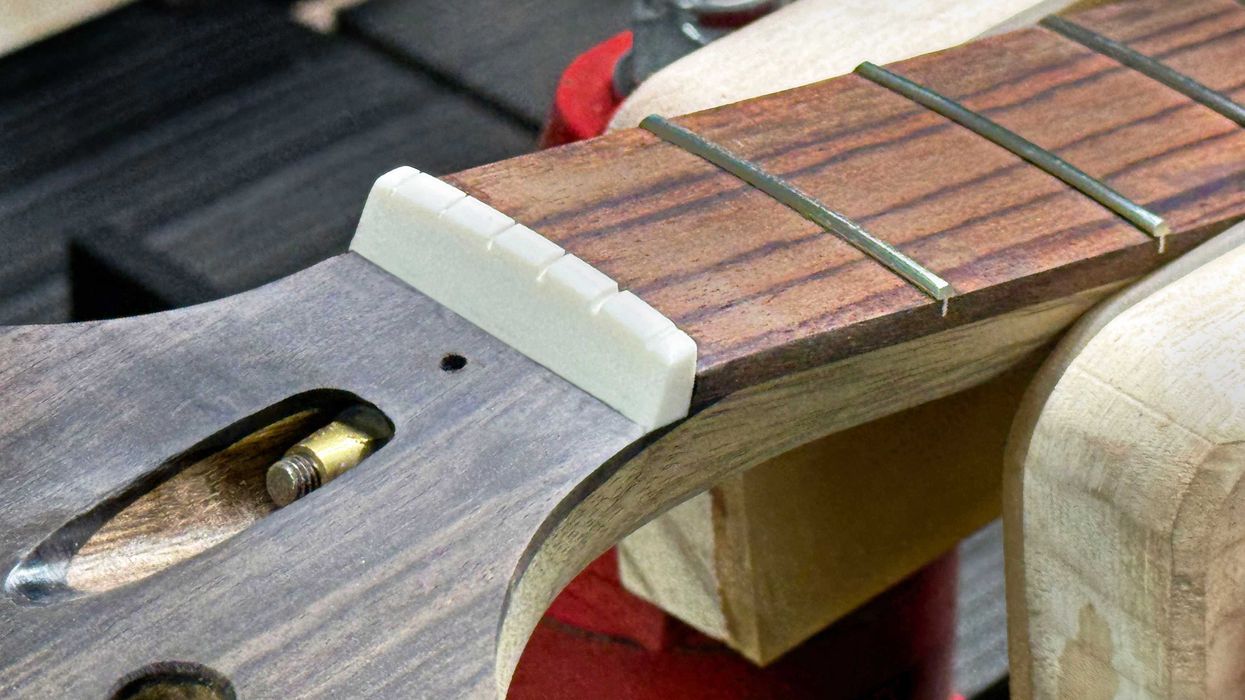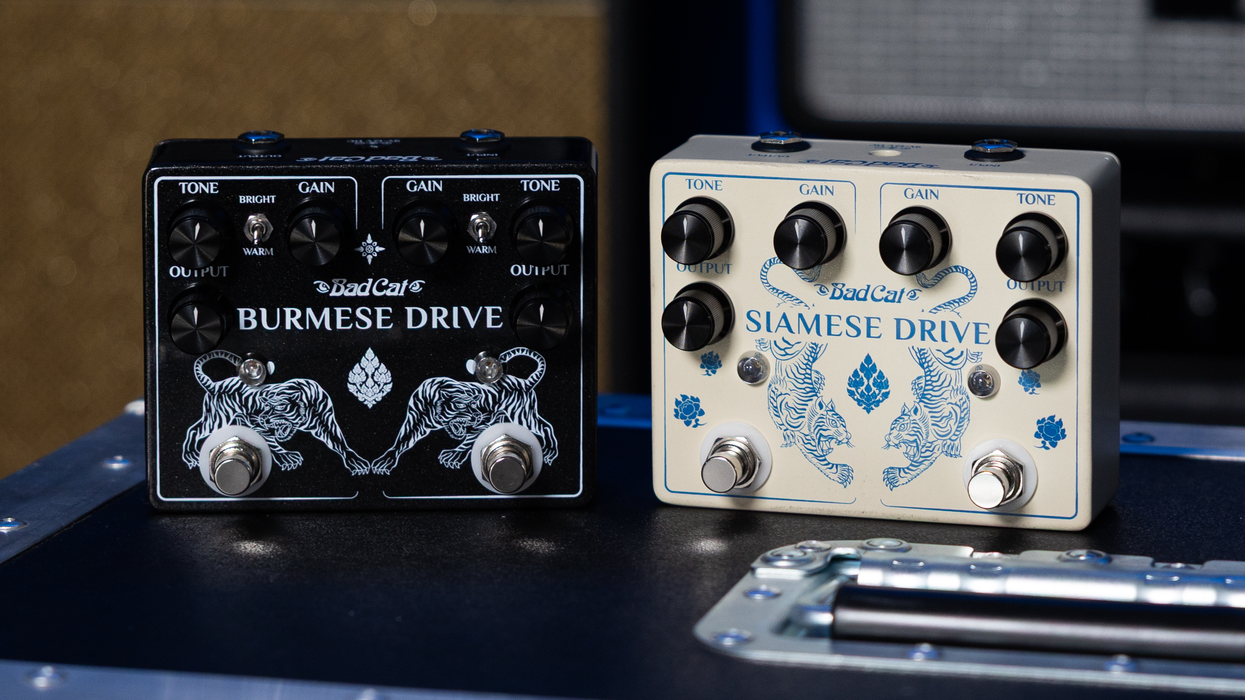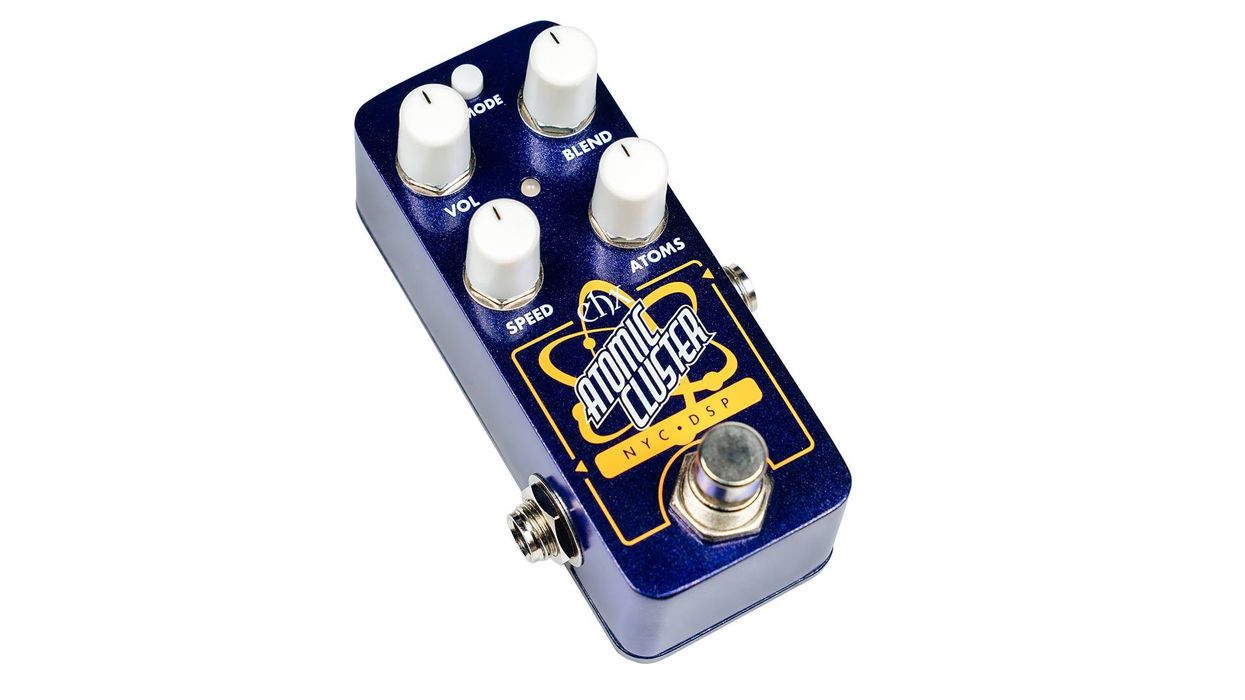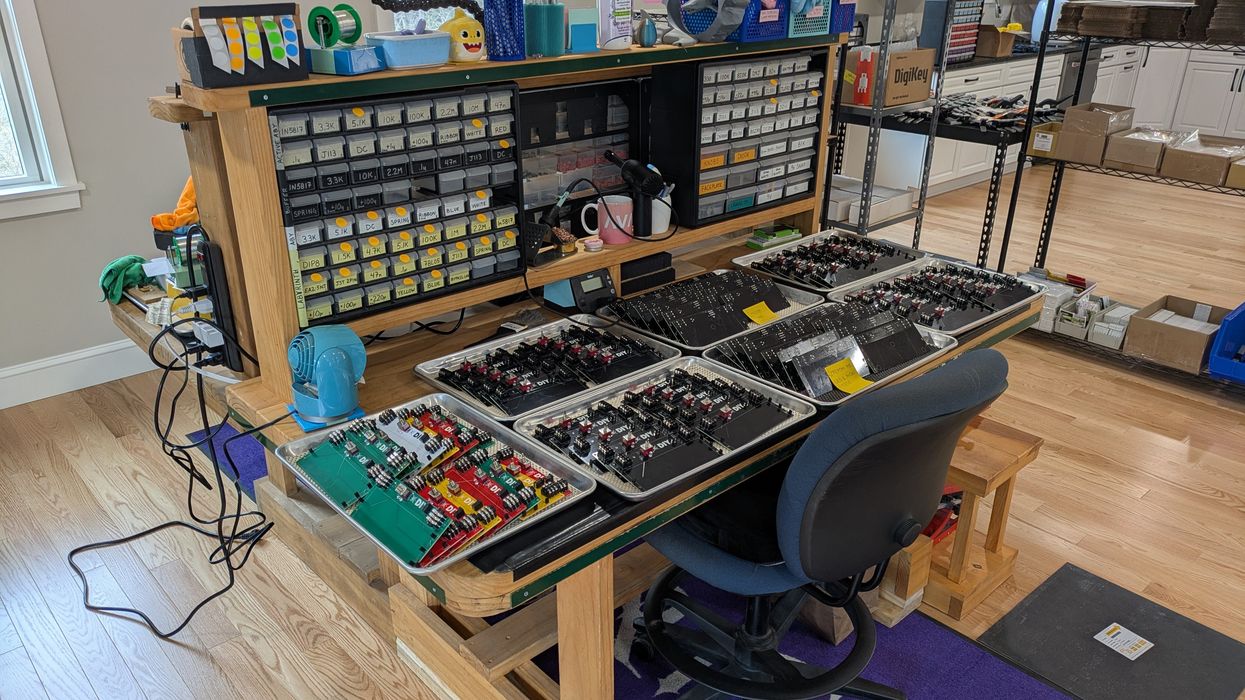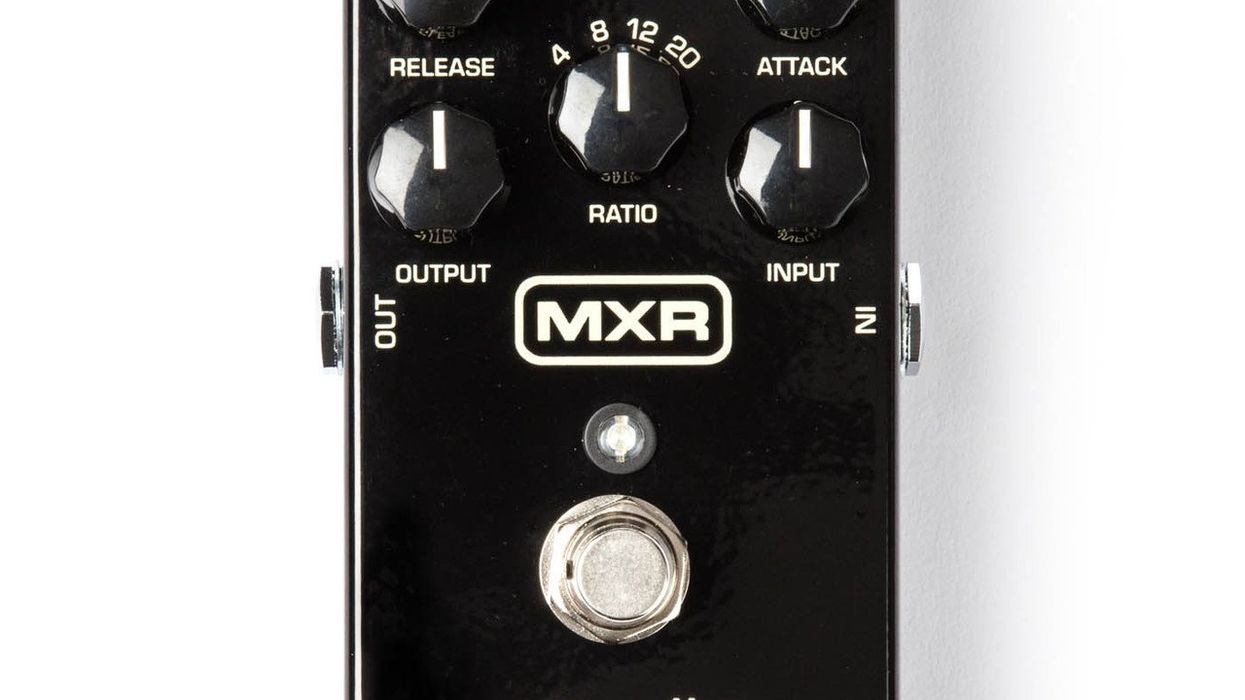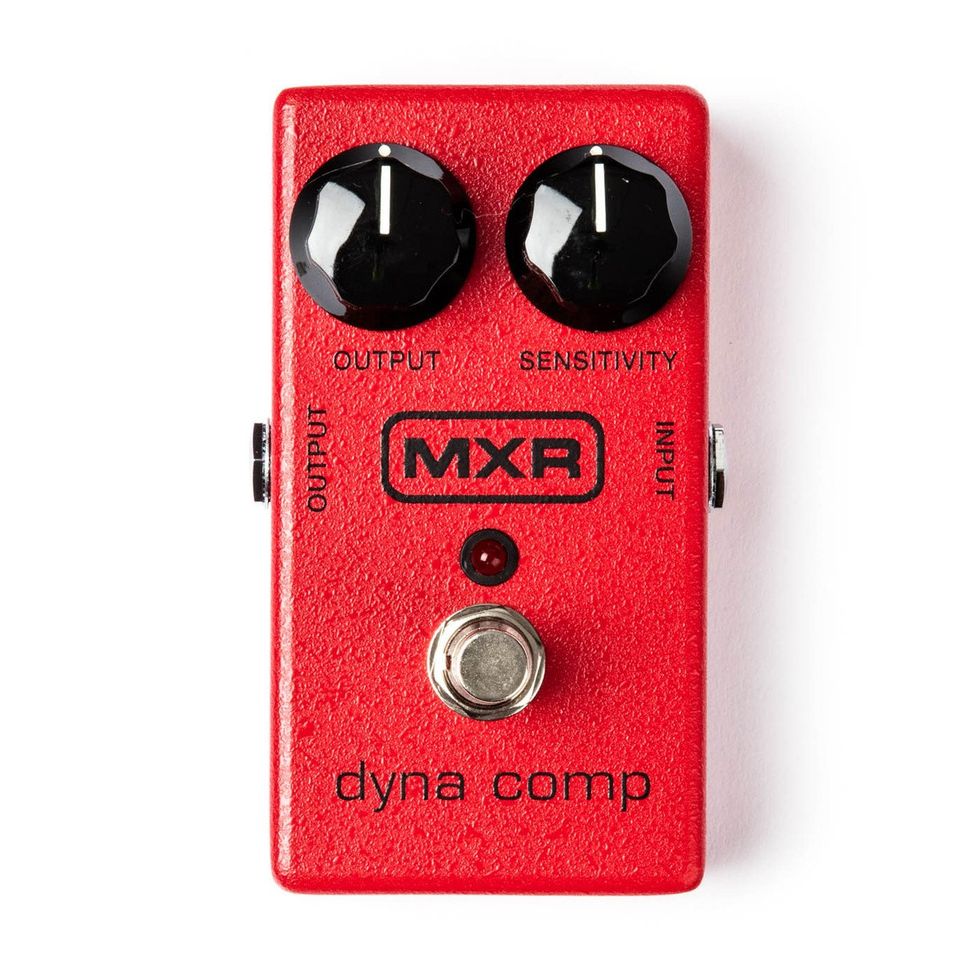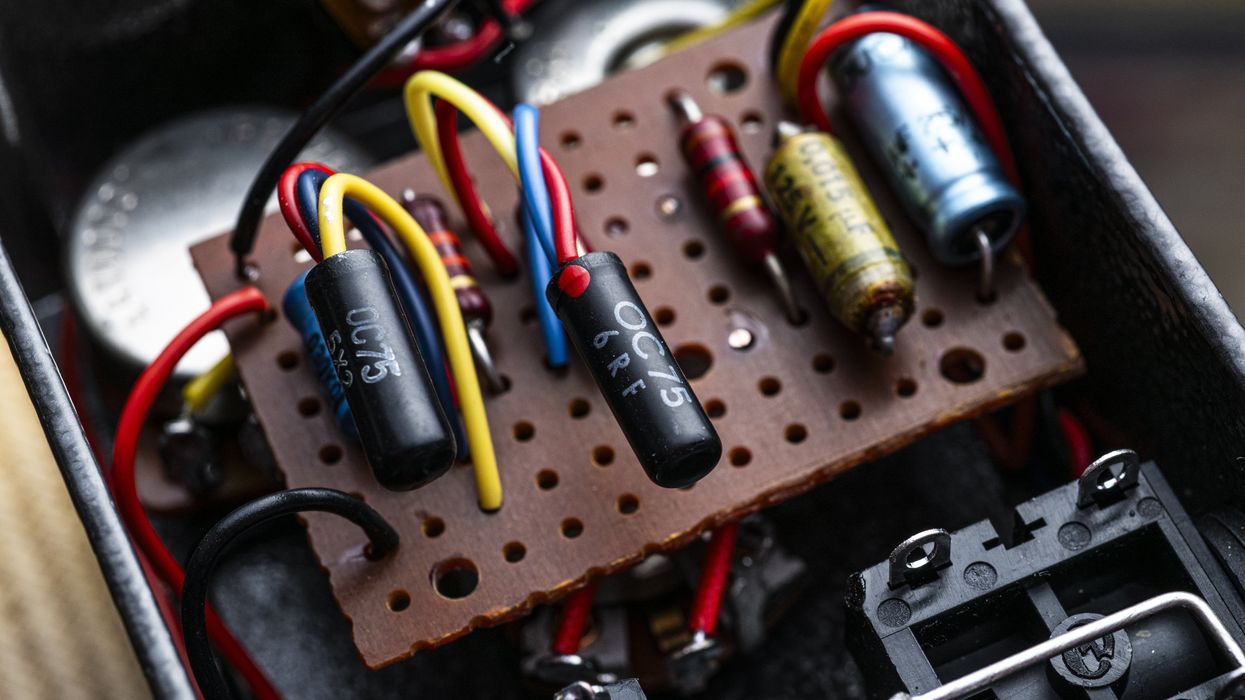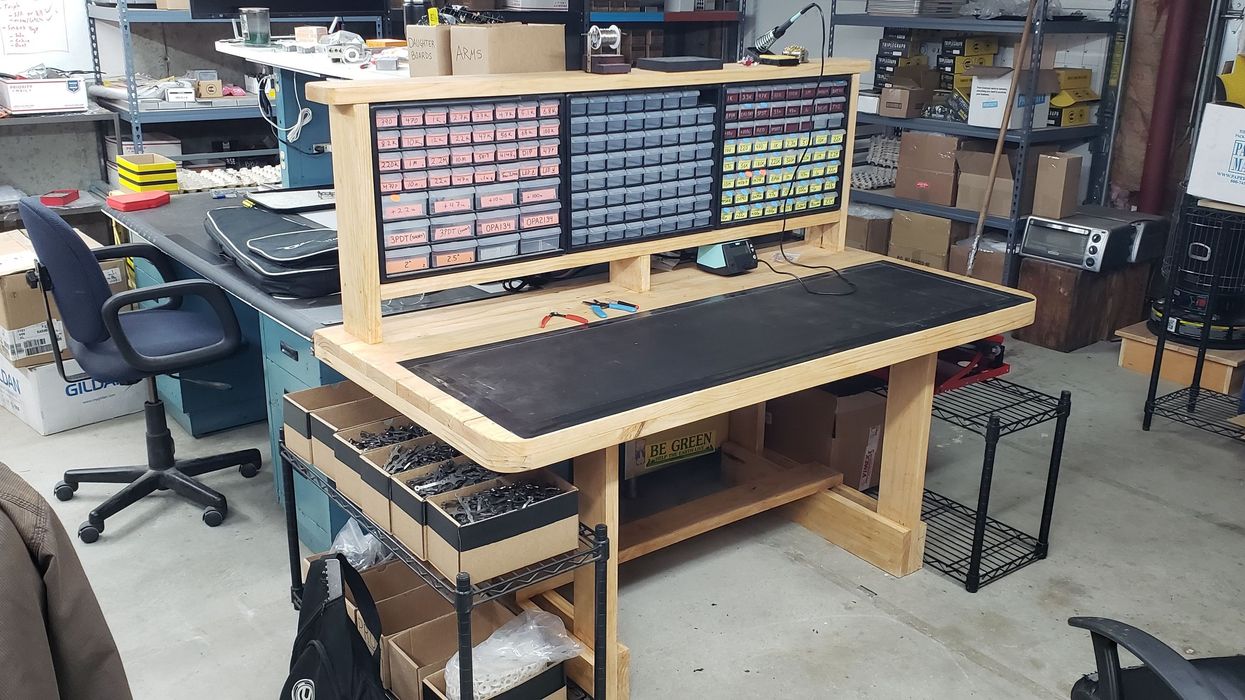In this article, we delve into one of the most cherished gadgets in my guitar collection, the Roland Space Echo RE-201. This iconic piece of equipment has been used by legendary musicians like Jonny Greenwood, Brian Setzer, and Wata from Boris, which only heightened my desire to own one. A few years ago, I was fortunate to acquire a vintage RE-201 in good condition and at a reasonable price.
Using the RE-201 today has its advantages and disadvantages, particularly due to its size, which is comparable to an amplifier head. When compared to modern equivalents like delay pedals or software plugins that closely emulate the original, the vintage RE-201 can seem inefficient. Here, I share my personal and subjective experience with it.
The RE-201 is a tape echo/delay effect that gained popularity in the 1970s and ’80s. Unlike the more complex analog BBD delays or digital delays, tape delays use magnetic tape to simultaneously record and play back sound via a magnetic tape head (similar to a guitar or bass pickup). Because the recording head and playback head are in different physical locations, there is a time gap during the recording and playback process, creating the “delay” effect. This concept was first discovered by Les Paul in the 1950s using two tape machines simultaneously.
However, this method has a drawback: The magnetic tape used as a storage medium has a limited lifespan. Over time, the quality of the tape degrades, especially with continuous use. This degradation is marked by muddy, wavy sounds and unavoidable noise. Yet, this is precisely where the magic of real tape echo lies! New tapes produce clearer, hi-fi sounds, while older tapes tend to produce wavy sounds known as “modulated delay.” Additionally, increasing the number of tape-head readers extends the gap time/delay time of the output, and activating multiple tape-head readers simultaneously creates unique echo/delay patterns.
“This degradation is marked by muddy, wavy sounds and unavoidable noise. Yet, this is precisely where the magic of real tape echo/delay lies!”
Just as how fuzz and distortion effects were discovered, the “imperfections” of tape also represent a historical fact about how the creative process in music follows an absurd, non-linear, and unique pattern. In everyday practical life, signal delay is something typically avoided; however, in a musical context, delay adds a deeper dimension. Today, it’s hard to imagine a pedalboard without a delay effect at the end of the chain.
This uniqueness inspired me to create Masjidil Echo, embracing the “imperfection” of a vintage tape echo/delay with magnetic tape that hasn’t been replaced for years. Many newer pedals, such as the Boss RE-20, Strymon El Capistan, and the Catalinbread Echorec and Belle Epoch, draw inspiration from vintage tape repeat machines. Each has its unique interpretation of emulating tape echo, all in a more compact and maintenance-free format. Real tape delay requires periodic maintenance and has mostly been discontinued since the mid 1980s, with Roland ceasing production of the Space Echo entirely in 1985.
However, in recent years, interest in real tape echo has surged, perhaps due to nostalgia for past technology. As a result, many vintage delay units have appeared on marketplaces at increasingly gargantuan prices! If you’re considering acquiring one, I recommend thinking it over carefully. Are you prepared for the maintenance? Will you use it for regular performances? Are you ready for the fact that magnetic tape will become increasingly difficult to find, potentially turning your machine into a mere display piece? I don’t mean to instill fear, but the real deal, in my opinion, still can’t be fully emulated into a more practical and future-proof digital format.
So, I’ll leave you with one final question for consideration: What if the genealogy of technology were reversed chronologically, with multihead/multitap delay discovered digitally in the 1950s, and in the 2000s, a technological disruption led to the invention of mechanical tape echo to replace digital technology? Which would you choose?
